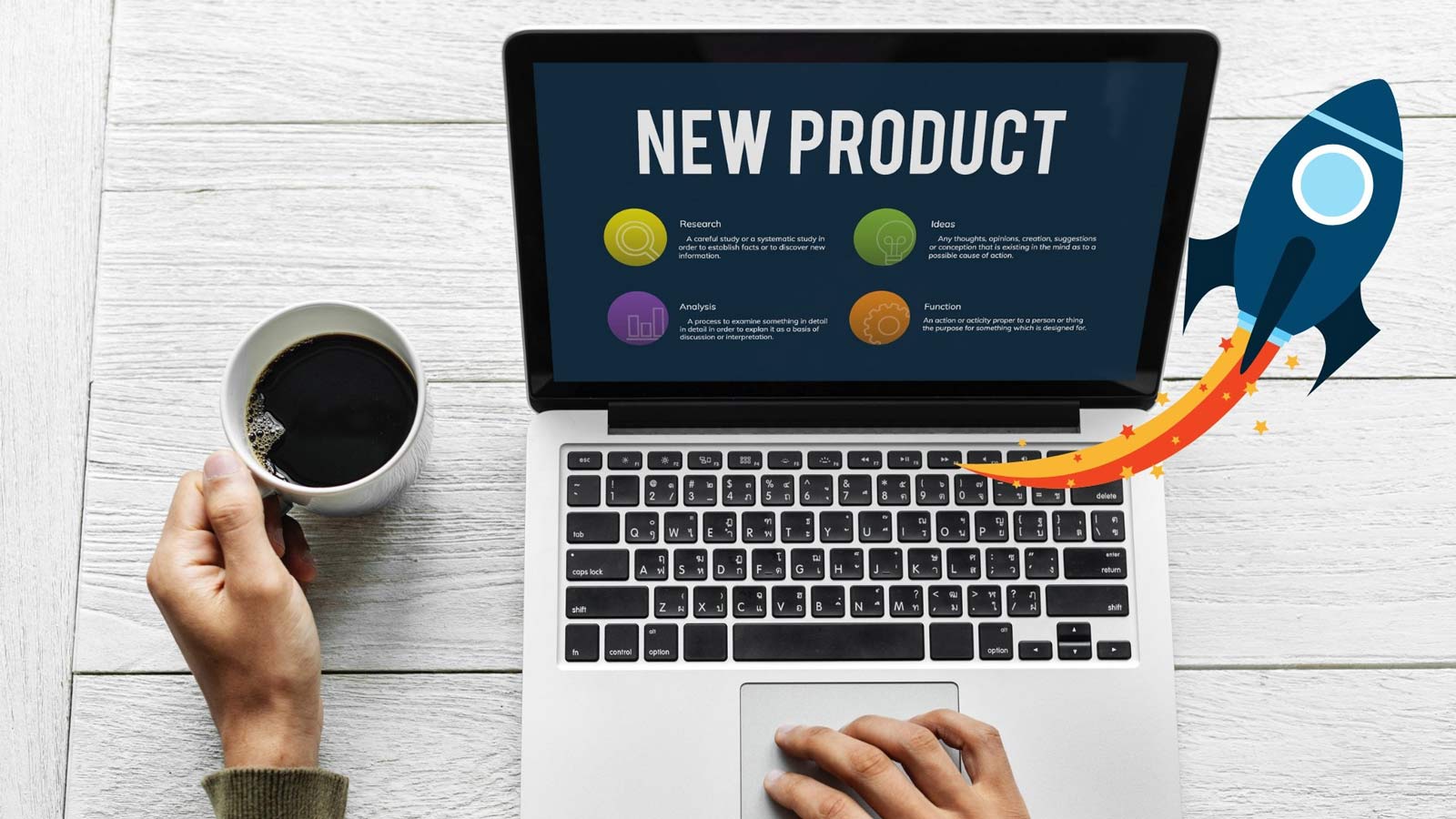Whether you use a KPI or a key metric to track your business’ performance, knowing the differences between the two types of metrics will give you a better idea of how to utilize them effectively. There are some differences between Key Metrics and Key Performance Indicators, but the important thing to remember is that they are both part of the same bigger objective.
Key Performance Indicator KPI
As the acronym and the meaning of digital marketing KPIs are very complex, it can be confusing to choose the right ones for your business. You may want to use KPIs for sales, marketing, HR, customer support, or ecommerce. But in reality, the right metrics depend on the type of business you’re running. Here’s how to choose the right ones for your business. Here are a few things to remember:
A KPI should be measured every month, quarterly, or at a predefined reporting frequency. Regular monitoring is essential to identify over-performance and under-performance. It’s also important to communicate the importance of the indicators to employees. Then, they’ll know what they need to do to improve. You’ll be able to measure their performance and communicate it in an easy-to-understand manner.
Related: Key Marketing Strategies For Technology Companies

Key Metrics
When planning for a new project or implementing a change, key performance indicators (KPI) can be a useful tool to measure progress. These metrics measure a business’s progress toward specific goals. KPIs can be financial or related to customer lifetime value. In addition to measuring progress toward specific goals, KPIs ensure that teams are aligned around the same objectives. And, they give you a realistic look at the health of your organization.
Identifying key performance indicators is a great way to measure success, but there are a few things to keep in mind. First, KPIs should be linked to business objectives. These may be specific to a certain business function, but they should always tie back to the overall business goals. KPIs should also be measurable and attainable in a short time period. Once you’ve identified your key metrics, keep an eye on their performance, and adjust them if necessary.
Leading indicators
Most business owners are familiar with the key numbers and results they need to measure. These numbers typically include revenue, profit, number of employees, locations, customers, and so on. However, a leading indicator is an important part of measuring your business’s performance. While you should always monitor lagging indicators, leading indicators should be monitored daily. Then, you can use the data from leading indicators to improve the lagging ones.
Another great use for leading indicators is in safety. They can be used to monitor the root cause of near-misses or the performance of the entire safety program. For example, a safety program can track percent of inspections or training pass rates. These metrics can be reviewed at management or site-specific levels. In addition to their effectiveness in safety programs, leading indicators also reveal problems. By understanding how these metrics impact your company’s performance, you can take steps to address these issues before they become fatal.

Lagging indicators
Lagging indicators are a type of key performance indicator. They measure the past performance of an organization and are easily measurable. Lagging indicators are useful for comparing performance between industries, but they may also provide insights that are too late. Lagging indicators do not tell why a trend is occurring, but they do provide a way to predict it. For example, you can use a lagging indicator to predict a company’s future sales and profits.
Lagging indicators are measures that occur after a particular action, and are usually the same for all companies, even across industries. The main difference between leading and lagging indicators is that they reflect what has already happened, not what will happen. They are often used to measure past performance and to analyze the impact of a particular business decision. Although lagging indicators are less useful for historical comparisons than leading indicators, they do provide valuable insights for future planning.
Defining critical business as usual
The two terms “KPI” and “Key Result” are often used interchangeably, but they refer to the same thing. KPI measures the performance of individuals, teams, and companies. While these terms are used interchangeably, KPIs help managers track performance and measure success. This article will discuss how to define a critical business as usual KPI. And remember, metrics are not the goal, they’re just the measurement of performance.
The best KPIs are specific and easy to measure. They should also be realistic, timely, and practical. And they should be measurable on a regular basis. These four criteria help you define key metrics. Once you’ve created them, the next step is to update them to a clear formula. The more precise they are, the more valuable they are to your organization. Make sure to consider these three factors when developing your KPIs.
More to read:
Paving the Way for a Successful Product Launch

